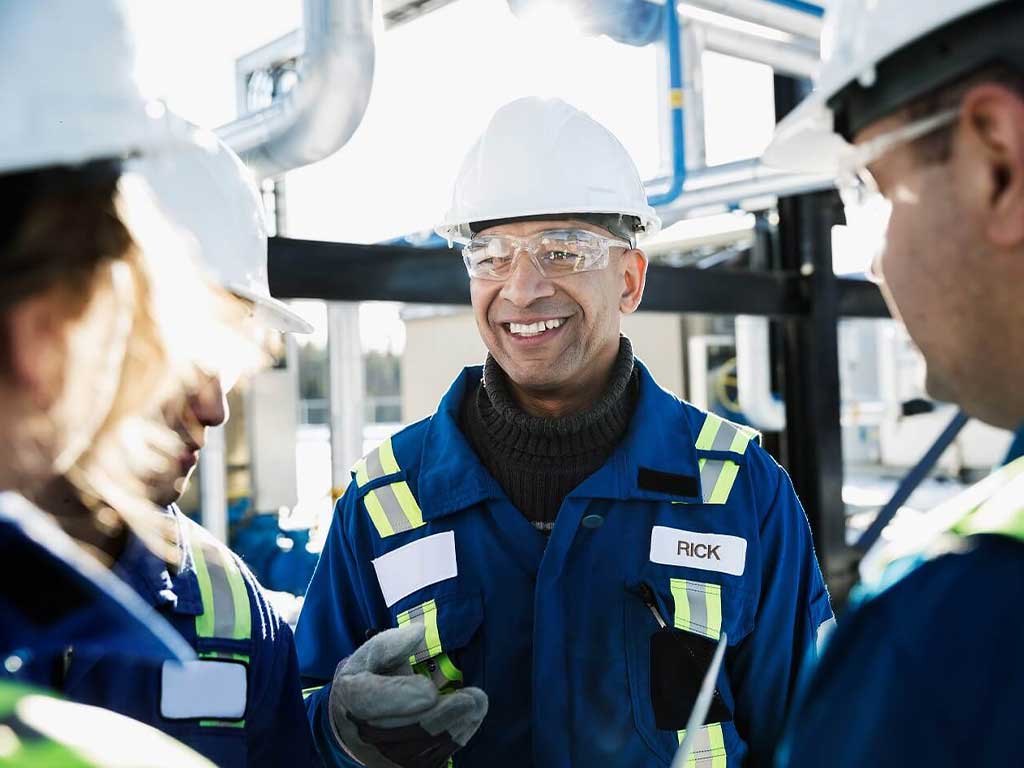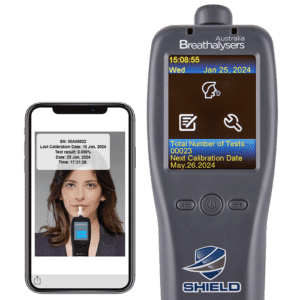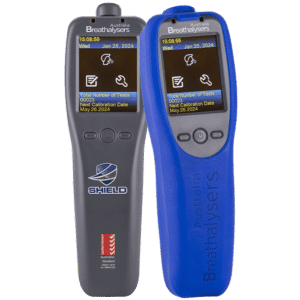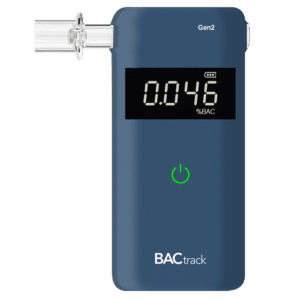Workplace Drug and Alcohol Testing: Types and Methods Used
28 February, 2024

Workplace drug and alcohol testing is often a part of an organisation’s program to ensure the safety of employees. It aims to detect illegal drugs in a person by collecting and analysing biological specimens. As such, there are different types of testing that companies can use. The common types are urine, saliva, hair, and breath tests. These methods are used in different situations, such as pre-employment, blanket, random, post-incident, and more.
Substance abuse is a significant health and safety concern across many industries. It can impair judgment, perception, reaction time, and motor skills. Hence, it increases the risk of accidents and injuries, especially for workers operating heavy equipment. It also affects productivity and results in high expenses. This gives rise to the need for a drug and alcohol policy. This article will provide a comprehensive guide to drug and alcohol testing in the workplace, including different testing programs and test methods.
Jump to a Section:
- Workplace Drug and Alcohol Testing Type – Pre-Employment Testing
- Workplace Drug and Alcohol Testing Type – Blanket Testing
- Workplace Drug and Alcohol Testing Type – For-Cause Testing
- Workplace Drug and Alcohol Testing Type – Random Testing
- Workplace Drug and Alcohol Testing Type – Post-Accident/Incident Testing
- Workplace Drug and Alcohol Testing Method – Blood Tests
- Workplace Drug and Alcohol Testing Method – Urine Tests
- Workplace Drug and Alcohol Testing Method – Saliva Tests
- Workplace Drug and Alcohol Testing Method – Hair Tests
- Workplace Drug and Alcohol Testing Method – Breath Tests
Workplace Drug and Alcohol Testing Type – Pre-Employment Testing
Pre-employment testing is a standard requirement in high-risk industries. This type of testing is a condition of employment before a candidate joins the company. Thus, passing workplace drug and alcohol testing is a prerequisite. This helps ensure that potential employees are free from substance abuse. Before a person applies for a certain job, they should know if drug testing is a requirement.
There are several considerations regarding pre-employment drug testing. The first is its legality. Employers can conduct drug and alcohol tests for job applicants, especially if the position is of a safety-sensitive nature. Thus, individuals may proceed with the application if they want to continue or not. Additionally, the method used for pre-employment testing should be consistent and fair for all applicants. This ensures that there is no discrimination based on race, gender, or age.
While some individuals may feel that pre-employment tests are intrusive, they are ultimately a necessary step for many companies to maintain a safe and productive workplace. By implementing these screening measures, employers are taking proactive steps to prevent substance-related issues from affecting the welfare of employees.
Purpose of Pre-Employment Testing
- Pre-employment drug and alcohol testing can help avoid hiring individuals with substance abuse issues. This helps maintain a safe work environment for all employees.
- Reduce the likelihood of on-the-job accidents and injuries due to substance impairment.
- Maintain productivity and efficiency in the workplace. Additionally, it helps reduce absenteeism and high turnover.
- Prevent drug and alcohol-related incidents that could harm coworkers or the public.
- Comply with legal and regulatory requirements.
- Encourage a drug-free workplace culture and set a standard behaviour among current and prospective employees.
- Protect the reputation and image of the company by ensuring all employees are fit for duty.
Workplace Drug and Alcohol Testing Type – Blanket Testing
Blanket testing, also known as universal testing, involves screening all employees at regular intervals. This type of workplace drug and alcohol testing occurs regardless of suspicion of substance use. Moreover, this test is undertaken to monitor the prevalence of drug use by all personnel, including contractors, on a work site.
The blanket test is a regular practice in industries where the risks of impairment can have severe consequences. By implementing this test, companies can proactively address any potential issues and prevent their negative impacts. Furthermore, employees with a drug and alcohol testing program are made aware of the frequency of this test. Some organisations may conduct this test annually, semi-annually, quarterly, or more.
One of the benefits of blanket testing is that it is equal for all employees. Everyone is subjected to the same testing protocols. This can build trust among employees and show that the company is committed to complying with regulations. Finally, companies implement blanket testing with other measures to ensure a safe and drug-free workplace.
Purpose of Blanket Testing
The main purpose of blanket testing is early detection. Regular drug tests allow for timely recognition of any substance use disorder problem. Therefore, employees can get the support and treatment they need before their condition becomes more serious. In addition, this type of test aims to ensure that drug use does not go undetected among the workforce.
Another purpose of blanket testing is compliance. This enables companies to meet federal regulations or industry standards. Accordingly, it is mandated in certain industries, like mining, transportation and aviation, where drug use can pose high safety hazards. This helps to determine the level of risk within an organisation.

Workplace Drug and Alcohol Testing Type – For-Cause Testing
For-cause testing is a type of test that is conducted when there is a specific reason to believe an employee is under the influence of drugs while on the job. A supervisor or manager initiates this test based on observable signs or evidence, such as slurred speech, impaired coordination, and erratic behaviour.
The process for this test involves documenting the reasons for suspicion and then asking the employee to undergo testing. If the test results are positive, the employee may face corresponding disciplinary actions, depending on the company policy. This may lead to suspension, mandatory rehabilitation programs, or termination. Additionally, refusing to perform the test when there is a reasonable ground may also result in disciplinary action.
While workplace drug and alcohol testing can be a sensitive issue, it is an essential tool for ensuring safety. By conducting an alcohol and drug test when there is a reasonable suspicion, companies can prevent accidents, injuries, and other negative consequences. Lastly, it enables employees who may be struggling with substance abuse issues to get the help they need to overcome their addiction.
Purpose of For-Cause Testing
The purpose of for-cause testing is to address immediate concerns regarding employee safety and productivity. It is a reactive measure taken when there are visible signs of impairment that could pose a risk to the individual, their coworkers, or the public. By identifying and addressing substance use issues promptly, companies can prevent accidents and maintain a safe work environment.
Furthermore, for-cause testing promotes accountability among employees. Individuals are aware of the possible repercussions of drug or alcohol use while on the job. This can serve as a deterrent and encourage employees to abide by company policies and regulations regarding substance use.
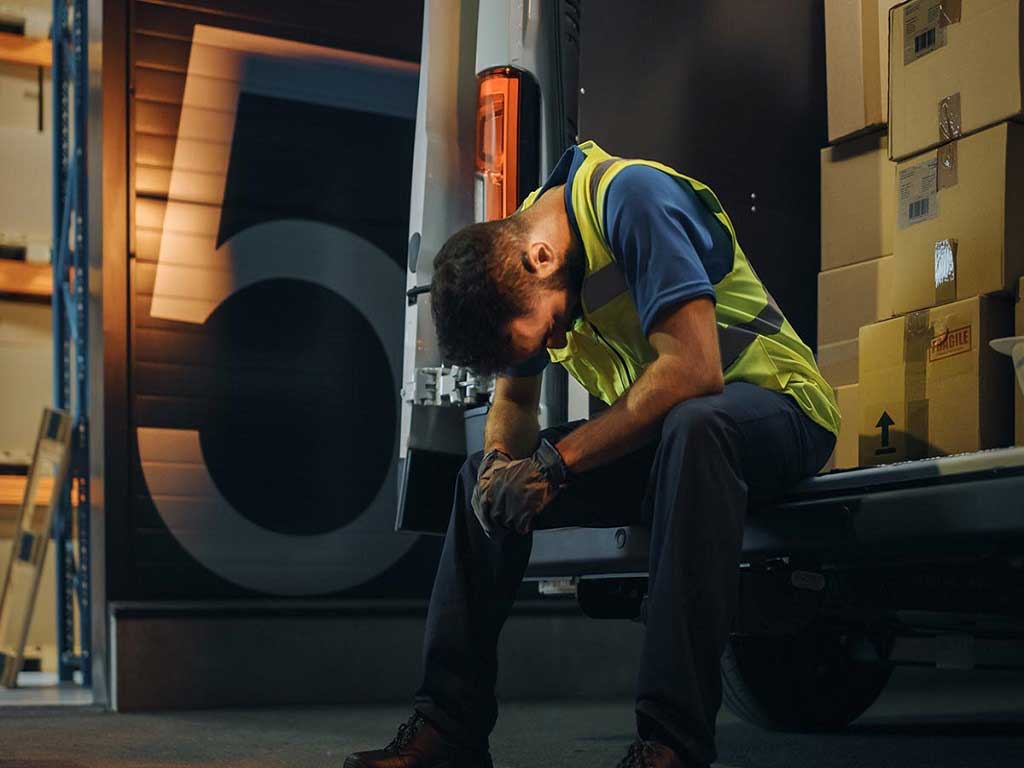
Workplace Drug and Alcohol Testing Type – Random Testing
Random testing is another common type of workplace drug and alcohol testing. Unlike for-cause tests, random screening does not require any specific reason or suspicion. Moreover, employers conduct the test without prior announcement. This helps to identify employees who may be impaired while working. Therefore, it reduces potential hazards and substance abuse in the workplace.
Many employees with substance abuse are identified through random testing. Some people may struggle with seeking help or acknowledging they have a problem. Through this approach, employers can offer support and resources to employees who may be in need of assistance. Additionally, random testing helps to deter drug use in the workplace.
Random testing involves an element of surprise of not knowing when the test will occur. This makes it difficult for individuals to avoid detection or circumvent the results. However, there are certain protocols that employers need to consider when implementing the test. This includes a fair selection process and ensuring they avoid discriminating against a group or individual.
Purpose of Random Testing
- Safety: Random drug testing helps prevent untoward incidents due to substance use. It aims to maintain a drug-free environment and promote healthier habits.
- Deterrence: Discourage drug and alcohol abuse. Knowing that they could be tested at any time, employees are more likely to refrain from using illicit substances.
- Productivity: A drug-free and stable workforce can lead to increased productivity and efficiency. Employees are able to perform their jobs optimally in a safe and healthy environment. It also minimises errors and absenteeism, leading to higher output.
- Employee assistance: Employers may offer treatment resources for those struggling with drug or alcohol addiction.
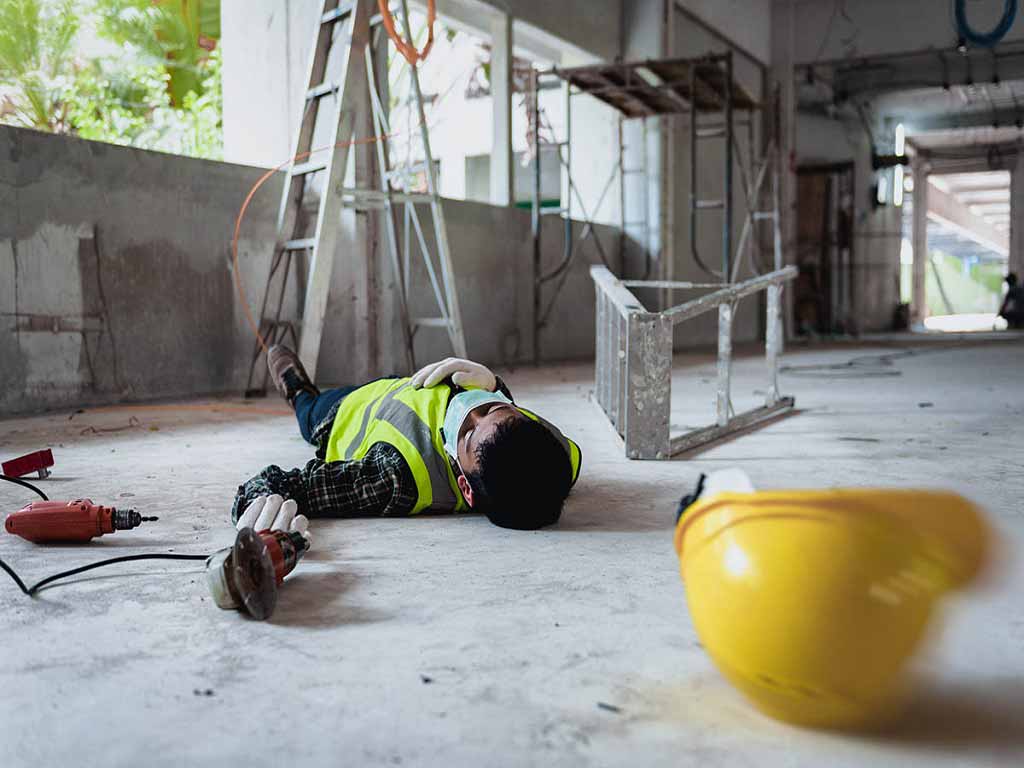
Workplace Drug and Alcohol Testing Type – Post-Accident/Incident Testing
Post-incident testing is crucial in determining if drugs or alcohol played a role in an accident or near-miss. It is essential to identify the cause that led to the event. In addition, it is a standard measure in an organisation to help in investigations. This can help companies protect themselves from liability and enhance the safety of their employees.
A post-accident workplace drug and alcohol testing is typically performed as soon as possible after the incident occurs. This is to accurately capture any substances in an individual at the time of the event. Hence, specific tests can provide reliable results. It may involve procedures that can determine recent consumption.
Employers should conduct this test in a secure area, such as a hospital, clinic, or off-site testing facility. There are also testing agencies that are available 24/7 in cases of emergencies. Furthermore, employers may set a workplace policy that requires employees to undergo testing, regardless of whether they are at fault. This helps maintain a consistent and fair approach to safety and shows employees that they take their well-being seriously.
Purpose of Post-Accident/Incident Testing
The main purpose of post-accident testing is to determine if drugs or alcohol were a contributing factor in an injury or near-miss situation. This helps in understanding the root cause of the event and taking measures to prevent similar incidents from happening. Also, it enables employers to determine if disciplinary actions are needed.
Overall, employers may facilitate drug testing if an incident triggers fatalities, injuries that require medical care, damage to property, or police citations. It helps mitigate legal liabilities for employers by demonstrating they are taking the necessary steps to uphold safety policies. It can also provide supporting evidence in hospital or insurance claims.
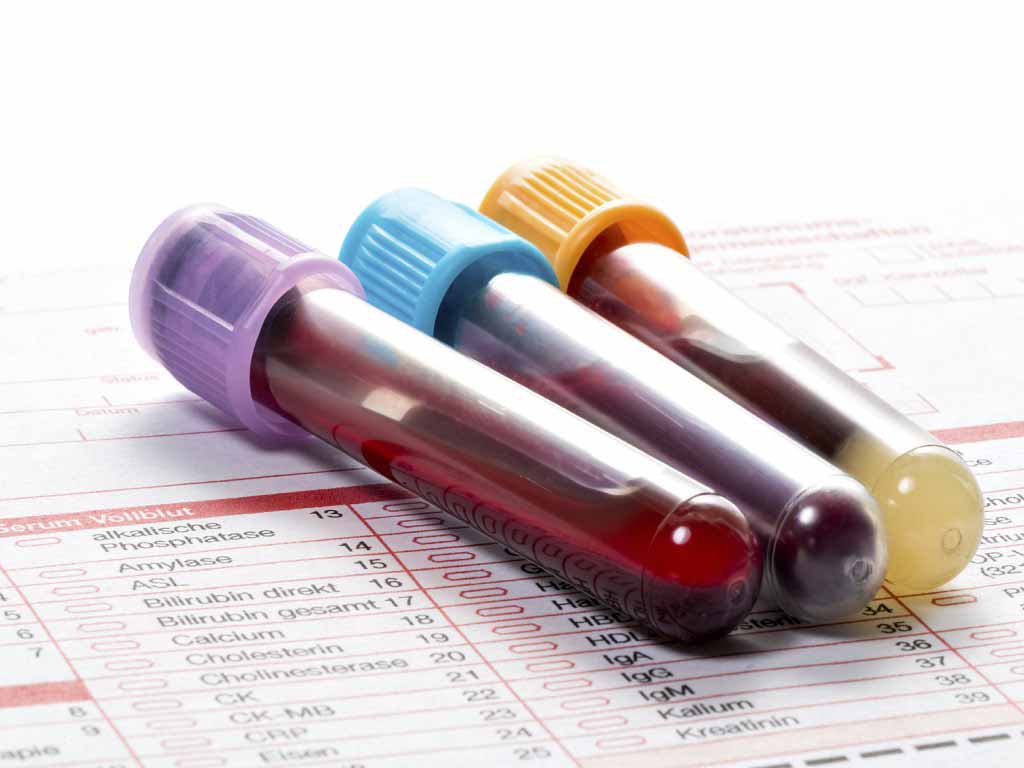
Workplace Drug and Alcohol Testing Method – Blood Tests
Workplace drug and alcohol testing takes several forms to detect illicit drugs. One of the most accurate methods is a blood test. This test can identify specific substances within a time frame of 6-12 hours. Hence, it can provide a comprehensive analysis of drugs present in the bloodstream, offering a detailed picture of recent consumption.
Blood testing requires a trained professional to carry out the procedure. A medical personnel obtains a blood sample using a needle, typically from a vein in the arm. Then, they send the specimen to a laboratory for analysis. The results are usually available within a few days, depending on the specific substances. It is important to follow the protocols when performing this test to avoid any errors or adulteration of the sample.
Laboratory testing can give precise measurements of drug concentration levels in the bloodstream. Despite its accuracy, the application of blood tests in workplace testing is limited. This is due to their intrusive nature, high costs, and longer turnaround time. Nevertheless, it can provide crucial information regarding drug use in post-accident or confirmatory situations.
Benefits of Blood Tests
Blood tests offer several benefits in the workplace. Firstly, they provide a highly accurate and detailed analysis of recent drug consumption. This can help employers determine if substance use was a contributing factor in an incident. Secondly, it can detect a wide range of substances, including both illicit drugs and prescription medications.
Additionally, blood testing helps minimise false positives. It is a sensitive procedure that can detect even trace amounts of drugs in the bloodstream. This helps in providing reliable information for employers to make informed decisions regarding disciplinary actions. Moreover, they can serve as evidence in legal proceedings or disputes.
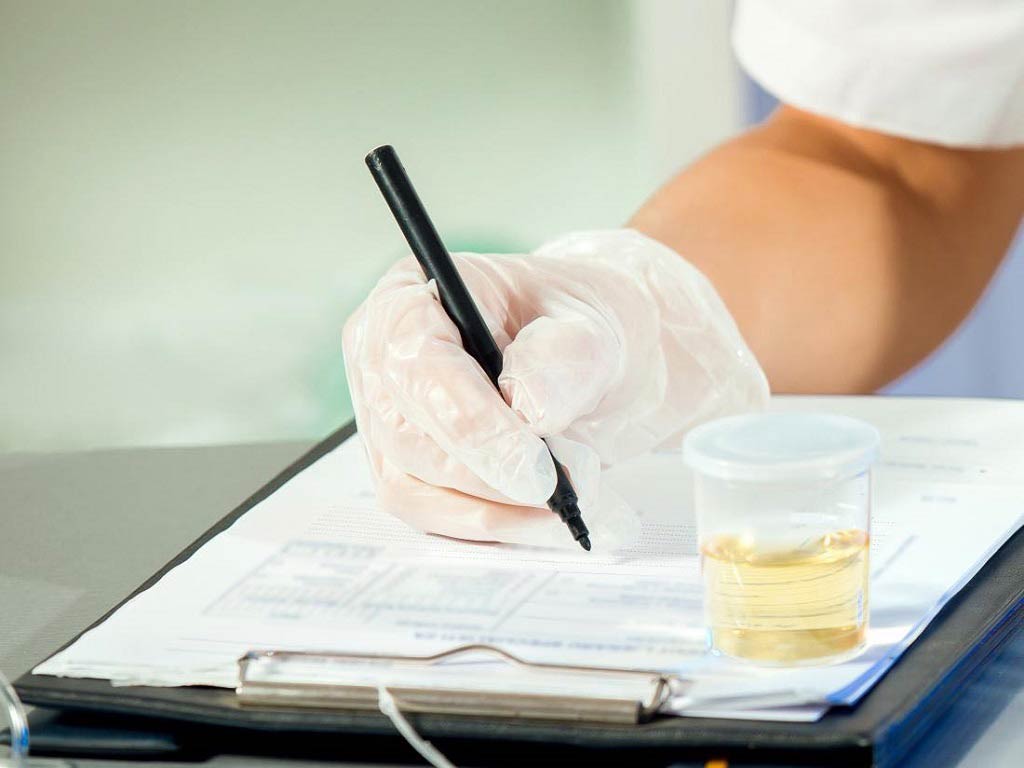
Workplace Drug and Alcohol Testing Method – Urine Tests
A standard method in workplace drug and alcohol testing is the urine test. This type is a non-intrusive and cost-effective method of detection and analysis. It is easy to administer due to its ability to detect a wide range of substances. Moreover, urine samples have an extended detection window, ranging from a few days to several weeks.
The process of urine testing involves collecting a specimen from the individual in a sterile container. The employee provides an adequate sample volume and submits it to the collector. In many cases, the administrator processes the urine on-site using immunoassay techniques, which can provide rapid results. However, some may need further laboratory evaluation.
Urine drug testing requires specific protocols to ensure the accuracy of the results. Following guidelines for specimen collection, handling, and storage is crucial to avoid contamination. Furthermore, while they may be effective in detecting usage, it does not necessarily imply current impairment or consumption. Thus, considering these factors is vital in performing the urine test.
Benefits of Urine Tests
- Urine drug tests are relatively less invasive and easy to administer. The sample collection procedure is quick and painless.
- Urine testing can provide quick results, typically within a few minutes to a few days.
- They can detect a wide range of substances, including marijuana, cocaine, opioids, amphetamines, and more.
- They are cost-effective. Urine drug testing kits are more affordable than laboratory procedures.
- The extended detection window of urine can help in determining potential substance abuse.
- They are efficient in monitoring compliance. It can be used in rehabilitation settings to ensure adherence to prescribed therapies.
- Easy to use anytime.
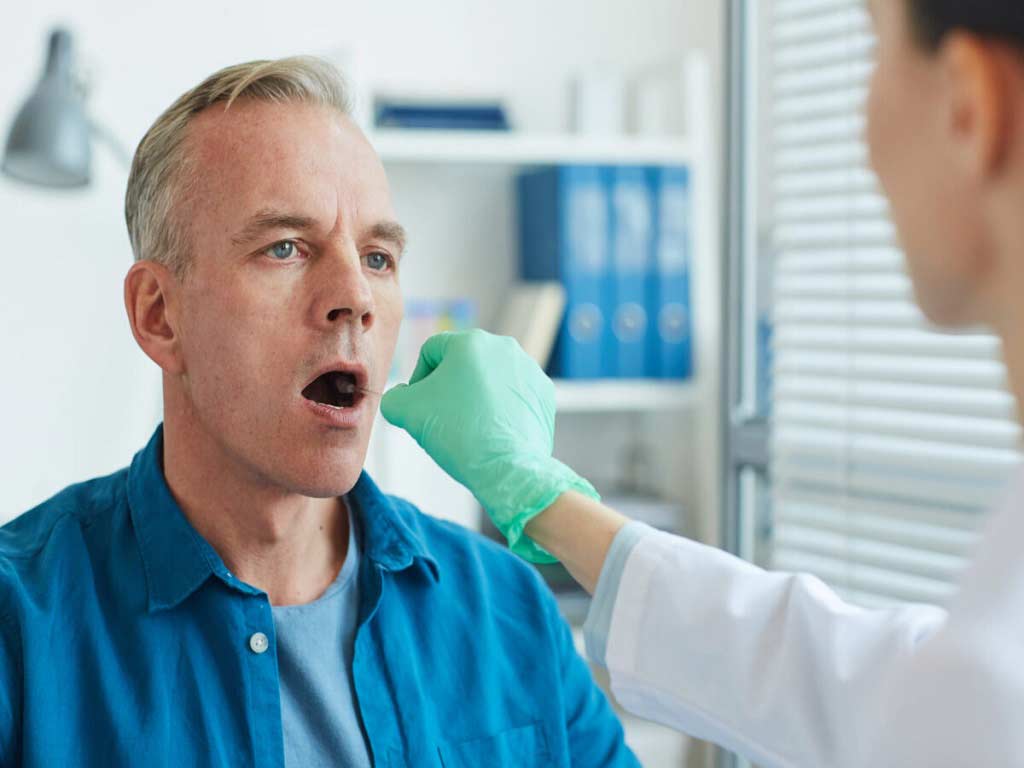
Workplace Drug and Alcohol Testing Method – Saliva Tests
Saliva screening is another method used in workplace drug and alcohol testing. It is a non-invasive method of detecting drugs through oral fluids. In addition, it is convenient and provides quick results, making it suitable for on-site testing. An important attribute of saliva testing is it can trace substances within the past 12 to 48 hours after use.
The process of saliva testing involves collecting a saliva sample using a swab or collection pad. The individual brushes the collection swab inside their mouth for a few minutes to absorb the saliva. Then, the collector processes the sample by inserting it into a testing device to generate a chemical reaction. The results are available within minutes, making it a rapid screening method.
Saliva testing can serve as an alternative when urine samples are not readily available. The test kits are also affordable, allowing employers to test employees whenever necessary. Furthermore, companies can conduct the test on their own without needing a professional. Nevertheless, it is important to follow the proper protocols to ensure accurate results.
Benefits of Saliva Tests
Saliva testing is advantageous in workplace settings for several reasons. Mainly, it is non-intrusive, allowing convenient testing. Unlike urine or blood analysis, saliva screening does not require special facilities or equipment. This test can be done on the spot and is less disruptive. Additionally, it can determine recent drug use more precisely, providing real-time information on impairment.
The quick results of saliva tests are ideal for situations like reasonable suspicion and random testing. Overall, its convenience and efficiency allow employers to monitor drug use and make informed decisions. It also provides cost-effective drug testing solutions for small businesses.
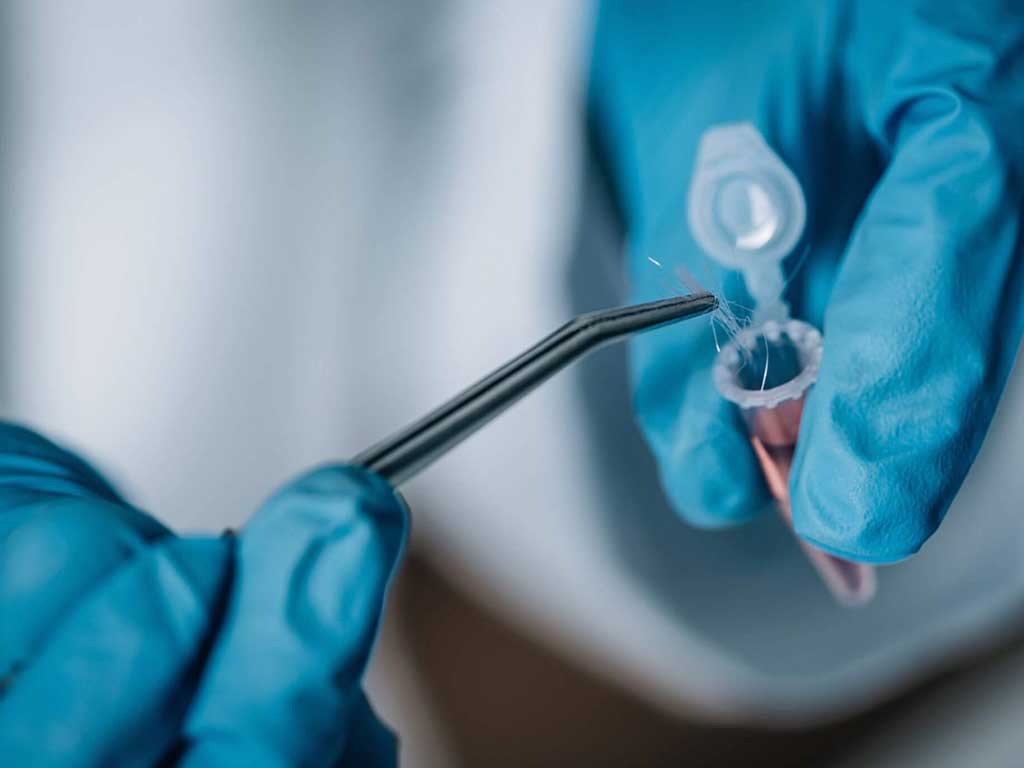
Workplace Drug and Alcohol Testing Method – Hair Tests
Hair drug testing is a type of test that can detect drug metabolites for a longer period. It is one of the most reliable methods as it can trace drug use up to 90 days from the date of testing. This long detection window can provide a more comprehensive overview of the consumption patterns of an individual.
The use of hair in workplace drug and alcohol testing is valuable in pre-employment. It can help employers determine the drug use history of a job applicant. In some cases, companies may use it during random drug testing. This test involves collecting a small sample of hair from the individual, usually from the scalp. The sample is then sent to a laboratory for analysis.
However, there are some considerations to keep in mind. Hair tests are unable to detect recent drug use within the past week. This is due to the time it takes for drugs to metabolise and be absorbed into the hair follicle. Moreover, it is often more expensive and may take longer to process. Hence, it can be a drawback for employers looking for quick results.
Benefits of Hair Tests
Hair testing offers several methods for workplace drug monitoring. One of the key advantages is its long detection period. This makes it more effective at identifying habitual drug users. The nature of hair growth rate allows employers or healthcare professionals to understand the frequency and duration of drug consumption.
Another benefit is that hair samples are difficult to adulterate. This can help ensure the accuracy and reliability of the results. Body hair is also a sufficient alternative if head hair is unavailable. Overall, it is efficient in background checks, helping employers make the right decisions or actions.
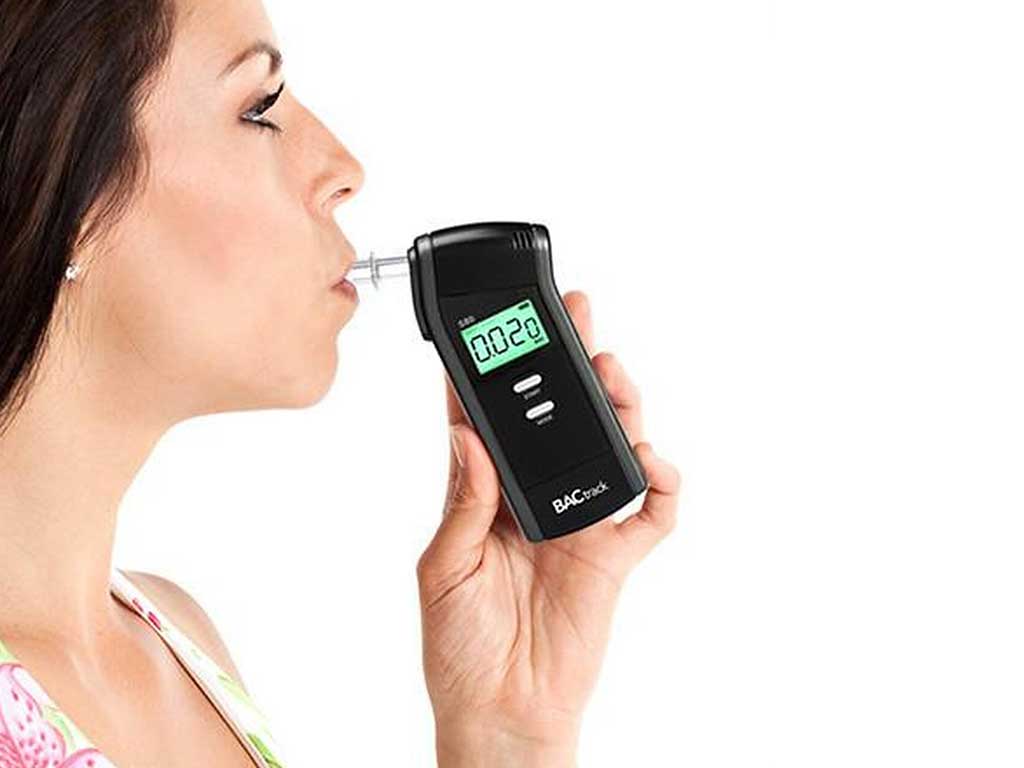
Workplace Drug and Alcohol Testing Method – Breath Tests
Breath testing is a common method of workplace drug and alcohol testing, specifically for alcohol consumption. This process measures the amount of alcohol in the bloodstream through the breath. It uses a breathalyser device that is non-invasive and provides instant results. The device can detect ethanol in the exhaled air within minutes after consumption.
Furthermore, alcohol is detectable in the breath for up to 12 to 24 hours, depending on the amount of intake. The ability to provide real-time results is efficient in determining current intoxication. Moreover, it does not require a professional to use the breathalyser. It is easy to operate and is ready to use whenever needed.
Workplaces use professional-grade breathalysers, typically with fuel cell sensors. This type of device can provide precise measurements of the Blood Alcohol Concentration (BAC). This provides quantifiable amounts that other test kits may not provide, eliminating the need for further laboratory analysis. Additionally, fuel cell breathalysers are less reactive to endogenous substances, minimising the risk of false positives.
Benefits of Breath Tests
- Breath tests provide a quick and non-invasive way to screen for alcohol. This allows for swift action if a person is under the influence of alcohol.
- The breathalyser device is portable and easy to use. This makes them convenient for random or on-the-spot testing.
- They are cost-effective compared to other methods. The device allows multiple retests.
- It can help individuals monitor their alcohol consumption through a personal breathalyser.
- It helps deter excessive consumption or alcohol abuse.
- Breath testing is generally safe. There is no risk of harm or infection in the sample collection procedure.
- It can monitor BAC in real time.
Conclusion
Workplace drug and alcohol testing is an important tool for employees to ensure a productive and safe workplace. This can help minimise and prevent safety risks that may lead to accidents and injuries. The test is essential during pre-employment, reasonable suspicion, and post-incident cases. Random drug and alcohol testing can also deter potential substance abuse. Moreover, several types are available, such as urine, saliva, blood, and alcohol breath testing.
Each method provides numerous benefits, including accuracy, ease of use, and detection periods. Therefore, knowing these factors can help individuals or organisations use the appropriate methods in certain situations as well as be in line with drug testing laws. Furthermore, there are cost-effective options, such as instant testing kits and breathalysers. They are available in pharmacies or online stores like Breathalysers New Zealand. Nevertheless, laboratory testing may be necessary for further confirmation or legal purposes. Overall, they play a crucial role in upholding safety and deterring substance abuse.






